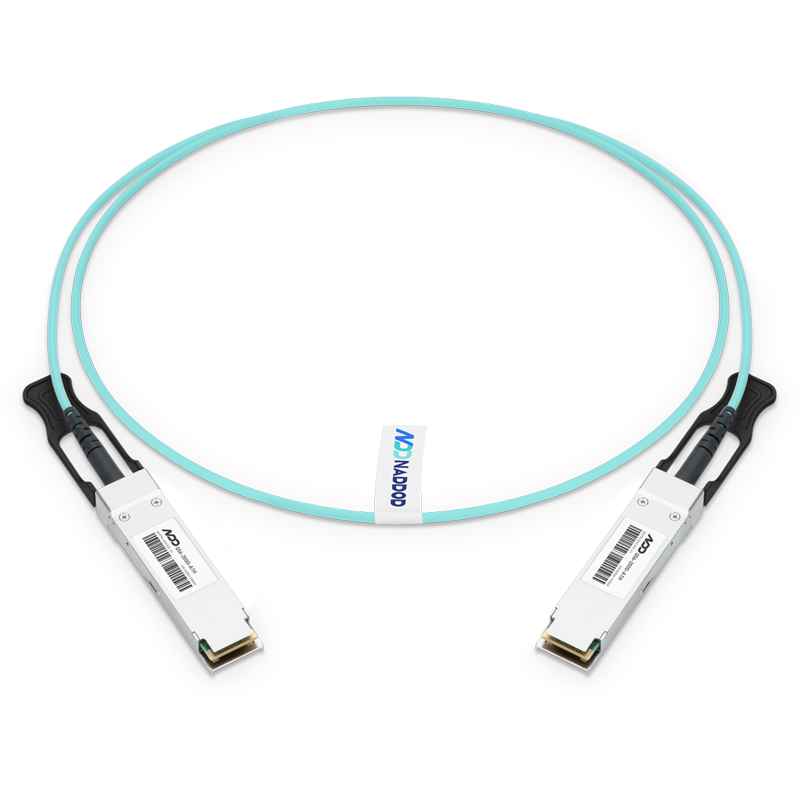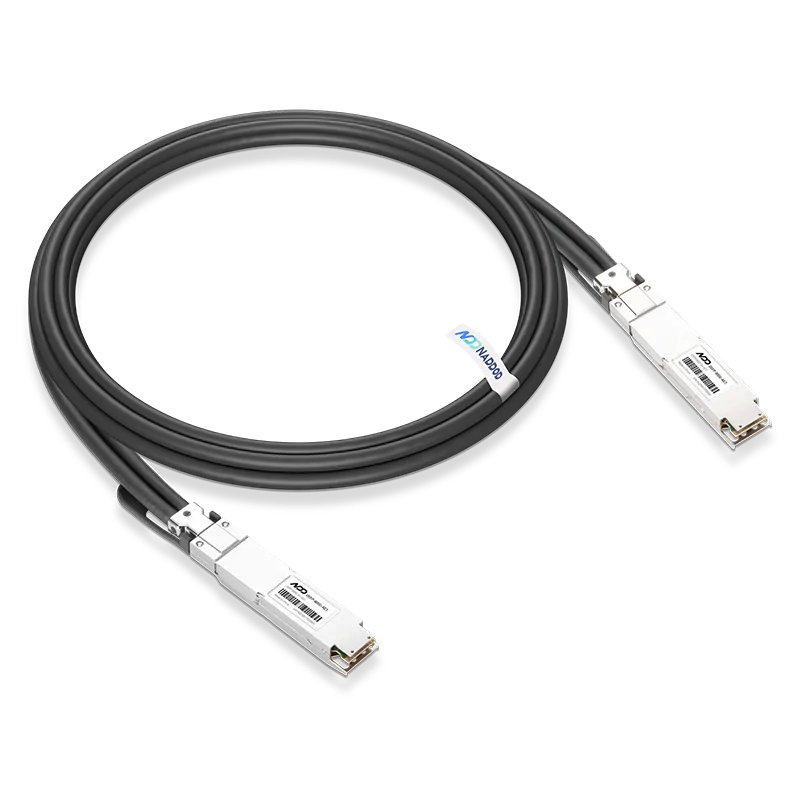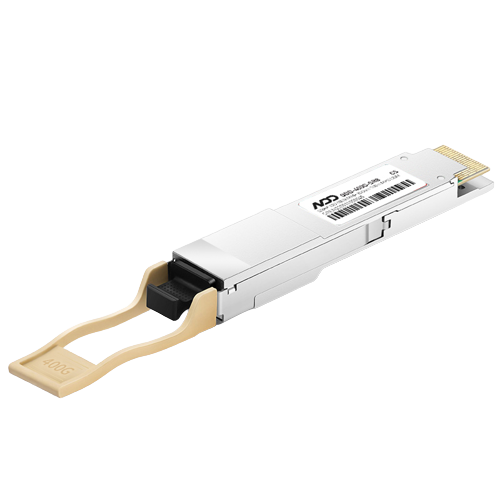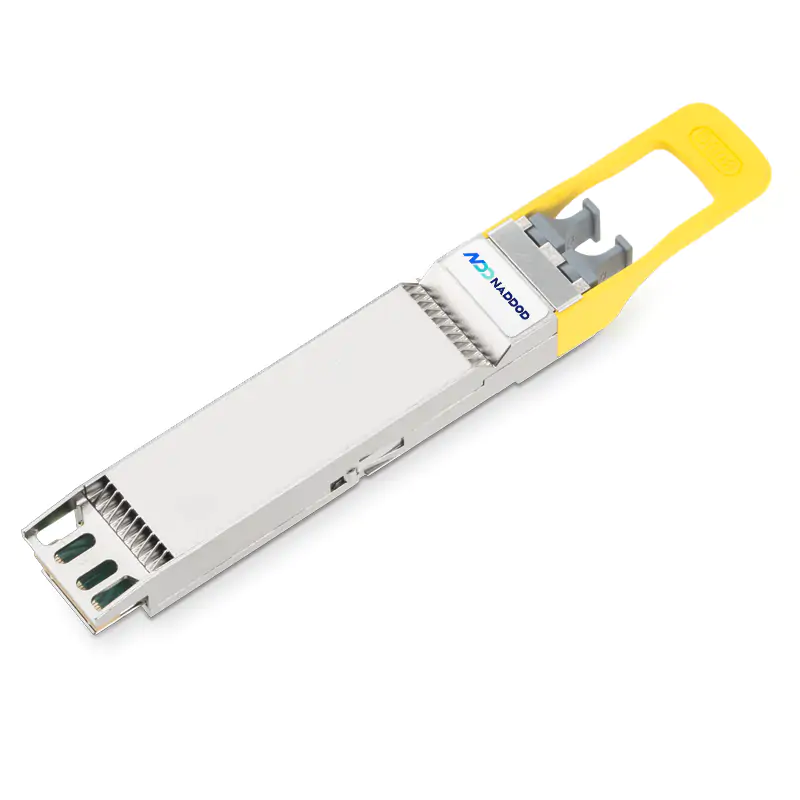When choosing an optical transceiver, picking the wrong design could lead to compatibility issues with your current server, network card slots, or switches. In this article, we'll explore the differences between finned-top and flat-top designs in optical transceivers and guide you on how to make the right choice for your network.
Finned-top vs. Flat-top
In optical transceivers, "finned-top" and "flat-top" refer to two different structural designs within optoelectronic devices:
Flat-top: The flat-top design refers to optical transceivers where the top structure of the laser or optical emitter is flat. This design allows light to propagate and focus more easily, enhancing the efficiency of light coupling and transmission. Flat-top designs are often used in high-performance optical communication systems where maximizing signal transmission efficiency is crucial.
Finned-top: The finned-top design features a heat sink on top of the laser or optical device. These fins are crucial for effective heat dissipation, maintaining the device’s operating temperature within safe limits. In high-power or high-density applications, where devices generate significant heat, finned-top designs are essential to prevent overheating and ensure long-term stability and performance.
How to Choose: Finned-top or Flat-top?
As transmission speeds increase, optical transceivers are becoming more compact, placing greater demands on internal optical components. Addressing heat dissipation is increasingly important. Both flat-top and finned-top designs have their advantages, and the choice between them largely depends on factors such as transmission rates, interface types, packaging methods, and the specific application scenarios.
Transmission Distance and Speed Requirements
If your application requires long-distance, high-speed transmission, a finned-top design may be more suitable due to its superior thermal management capabilities. For short-distance or lower-speed transmission, flat-top designs may be more appropriate, offering enhanced light coupling and transmission efficiency in environments where thermal management is less critical.
Thermal Management Needs
In applications where the laser or optoelectronic devices need to handle high power or dense energy, a finned-top design is critical. It allows for effective heat dissipation, maintaining stable operation and preventing performance degradation or damage due to overheating. Effective thermal management is particularly crucial in high-power optical communications or lidar applications.
Cost and Complexity
Flat-top designs are simpler, without the additional heat sink structure, focusing primarily on light transmission efficiency. In contrast, finned-top designs require more complex design and manufacturing processes to ensure effective heat dissipation. Therefore, when considering cost and complexity, you need to balance these factors when choosing between the two designs.
Environmental Conditions
Consider the environmental conditions in which your application will operate. If the environment has high temperatures or is subject to other heat sources, a design with better heat dissipation may be more important.
Reliability and Stability Requirements
If your application demands long-term stable operation, a finned-top design, which offers superior thermal management, may be more appropriate.
Applications of Finned-top and Flat-top Optical Transceivers
In the 800G OSFP series, SR8, DR8, and FR8 optical transceivers use a finned-top design (though there is an SR8 and DR8 variant used for InfiniBand networks that utilizes a flat-top design for better compatibility with DGX servers and CS9500 liquid-cooled chassis switches) to ensure stable operation and efficient heat dissipation during high-speed data transmission. Meanwhile, the 400G OSFP SR4 and 400G OSFP DR4 optical transceivers use a flat-top design, suitable for applications where heat dissipation requirements are relatively lower.
NADDOD InfiniBand - 800G - OSFP - DR8 (Finned-top)
Finned-top optical transceivers are particularly well-suited for switches that require high heat dissipation efficiency, including Quantum-2 InfiniBand switches and Spectrum-4 Ethernet switches. These transceivers can provide the necessary thermal management when handling large amounts of data.
Flat-top slots are typically used in adapters and data processing units (DPUs), such as ConnectX-7 InfiniBand adapters and BlueField-3 DPUs, which adopt a flat-top design in combination with heat sink radiators to meet the heat dissipation needs of these devices in various operating states.
The flat-top and finned-top versions have the same internal structure, but the finned-top version is taller due to the heat sink. In terms of transmission power, OSFP transceivers have their heat sinks integrated inside the module casing and offer a larger heat dissipation surface area compared to QSFP-DD transceivers, resulting in better thermal contact between the heat dissipation components and heat sinks, thus providing superior cooling performance.
Choosing NADDOD as your network solution partner
NADDOD is a leading provider of high-speed optical transceivers and connectivity solutions, specializing in 800G/400G transceivers that are designed to meet the rigorous demands of modern data centers and high-performance computing environments. We offer a comprehensive selection of both flat-top and finned-top transceivers, specifically engineered for InfiniBand and RoCE networks.
What sets NADDOD apart is our commitment to quality and reliability. Our transceivers are 100% verified and tested to ensure low Bit Error Rates (BER) and consistent high-speed performance. With a large inventory on hand, we guarantee quick availability to meet urgent requirements, ensuring that your network remains efficient and operational without delay.
Whether you need the compact design of a flat-top transceiver or the advanced thermal management of a finned-top transceiver, our experts will help you choose the perfect solution tailored to your network's specific needs. NADDOD's extensive experience in the industry, combined with our dedication to innovation, makes us the ideal partner for your network infrastructure needs.

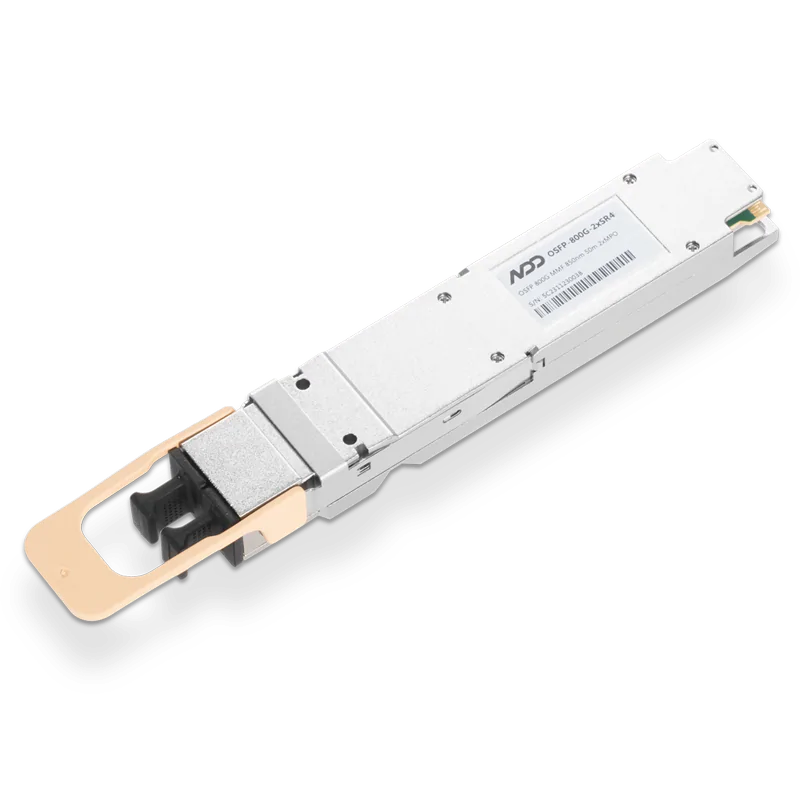 800GBASE-2xSR4 OSFP PAM4 850nm 50m MMF Module
800GBASE-2xSR4 OSFP PAM4 850nm 50m MMF Module- 1Opportunities and Applications of Silicon Photonics Integration in High-Speed Optical Modules
- 2High-Speed Coherent Modules: DCO and ACO
- 3What is Silicon Photonics?
- 4Introduction to Open-source SONiC: A Cost-Efficient and Flexible Choice for Data Center Switching
- 5OFC 2025 Recap: Key Innovations Driving Optical Networking Forward





